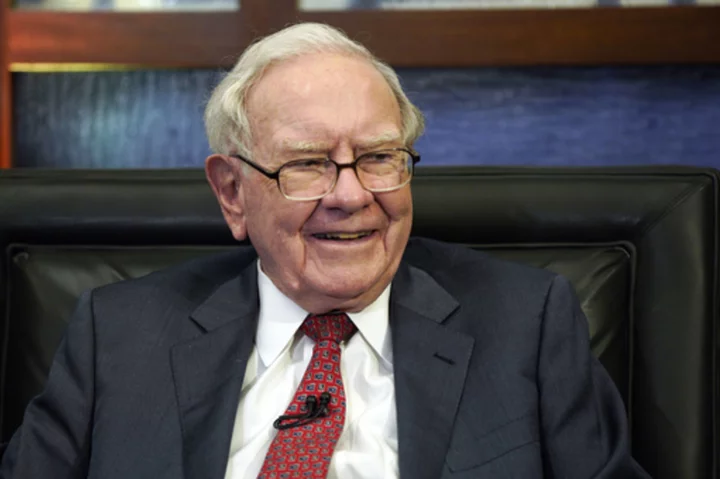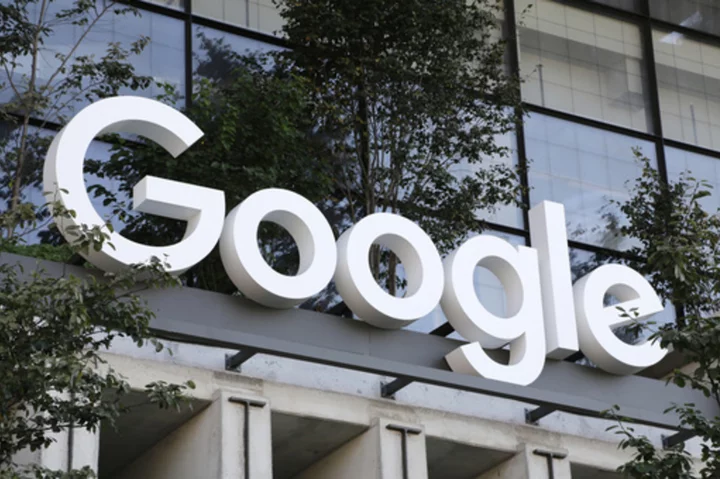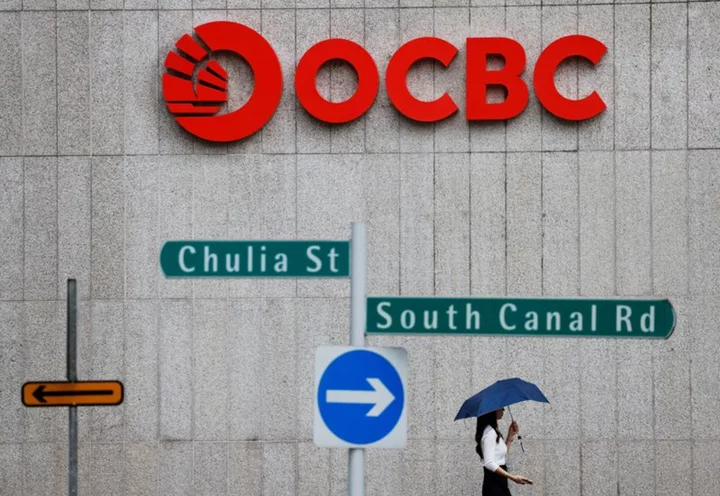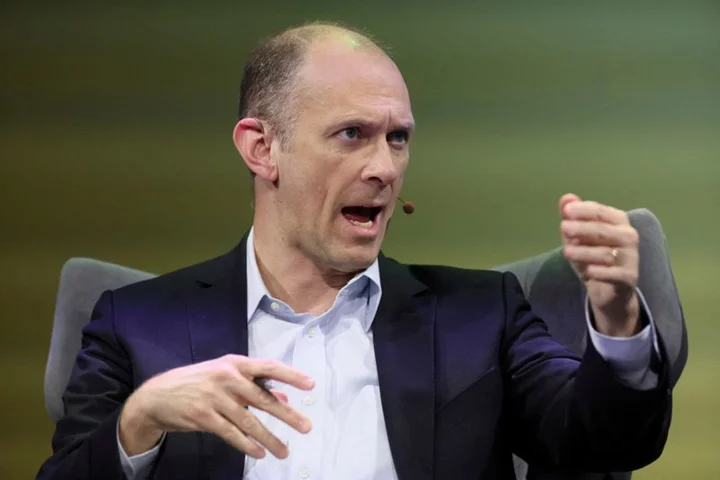After 17 years of steady payments, Warren Buffett has to date given annual donations totaling $50.7 billion toward his historic multibillion-dollar pledges to the Bill & Melinda Gates Foundation and to four foundations connected to his family, according to a Chronicle tally. He announced his latest annual payments toward his pledges on Wednesday.
Buffett became the biggest donor in history in June 2006, when he pledged 10 million shares of his Berkshire Hathaway Class B stock, then valued at about $36.1 billion, to the Gates Foundation, plus 1 million Berkshire shares, then valued at $3.6 billion, to the foundation named for his late first wife, Susan Thompson Buffett, and 350,00 shares, then valued at about $1.3 billion apiece, to foundations created by his three children, Susan, Howard, and Peter Buffett.
Combined, those five pledges amounted to more than $43.5 billion at the time. In 2010, Buffett and Berkshire’s other shareholders approved a stock split, which significantly increased the number of shares Buffet has given the five foundations in the years since.
With these latest payments, he has given the Gates Foundation nearly $39.3 billion, the Susan Thompson Buffett Foundation almost $4.2 billion, and more than $2.4 billion apiece to the Sherwood, Howard G. Buffett, and Novo foundations.
Although he has exceeded his original pledges, a spokeswoman for Buffett told the Chronicle that he will continue to make payments to the five foundations throughout his lifetime as he promised to do in the statements he made announcing the pledges in 2006.
When Buffett announced his huge pledge to the Gates Foundation, he said he was doing so because he was confident it could make the most of the money.
“I don’t think I’m as well cut out to be a philanthropist as Bill and Melinda are,” Buffett told Fortune magazine in 2006. “What can be more logical, in whatever you want done, than finding someone better equipped than you are to do it?”
That thinking was greeted with enthusiastic approval by philanthropy experts in 2006 and remains admired today. The philanthropy historian Benjamin Soskis says Buffett’s decision to give the money to an organization he thought could handle it better than he could was “innovative,” and he wishes others would have followed Buffett’s lead.
“If more wealthy donors had embraced that, it really could have had a huge impact on the sector because it would have concentrated funding in smaller and smaller fiefdoms,” Soskis says. “It was a really interesting idea, but not one that has been widely taken up.”
Buffett’s example remains powerful more than 15 years later, says Phil Buchanan, who leads the Center for Effective Philanthropy, because it showed rich donors that having tens of billions of dollars does not mean they have to pursue their philanthropic goals by creating a new foundation that will exist long after they are gone.
“He showed folks that there are existing institutions that you can look to, whether foundations, in his case, or any number of different giving vehicles or to nonprofits themselves,” Buchanan says. “I think that’s really healthy and positive.”
Buffett structured his Gates Foundation pledge so it would receive 5% of the promised shares each year starting in 2006. He stipulated that either Bill Gates or Melinda French Gates “must remain alive and active in the policy-setting and administration of the foundation” to continue receiving the annual disbursements. He also said the Gates Foundation must spend the value of the previous year’s gift plus 5% of its net assets each year and that spending excesses could be carried forward and shortfalls made up the following year. Buffett joined the Gates Foundation board and has made gifts toward his commitment every summer since he announced the pledge.
Philanthropy experts say that by making the Gates Foundation one of the wealthiest grantmakers in the world, Buffett’s pledge triggered a shifting of power within the foundation world: The Gates Foundation rose to the top of the heap, and some legacy grantmakers saw their power dim. It also placed the Gates Foundation under a microscope of public scrutiny.
“Buffett turned a large foundation into a colossus and into something that was an order of magnitude much larger than its peers,” Soskis says. “The amount of pressure that put on the institution to spend amounts of money that no foundation had ever spent before on a consistent basis as a normal form of operation required a real transformation of the foundation and a scaling of its bureaucracy and of its ambition, and so it turned what was already an incredibly large foundation into what it’s become now, which is, both for critics and for champions, the embodiment of large-scale philanthropic funding.”
It also intensified existing questions about the power dynamics between foundations and grantees, says Buchanan, who thinks that in some ways that has helped to bring about some good changes over time.
“That soul searching has led to more calls for different kinds of approaches, more trust-based approaches,” Buchanan says. “You’ve seen over the years consistent calls for more unrestricted support for organizations and less in the way of control by funders of organizational decisions about budget allocation and that kind of thing.”
Buffett stepped down from the Gates Foundation’s board in the spring of 2021 shortly after the Gateses announced they were divorcing. He did not address the divorce in a statement announcing his resignation but said the decision to leave the grantmaker’s board followed his stepping away from all the corporate boards he had been serving on except Berkshire Hathaway.
While the historic pledge Buffett made to the Gates Foundation dwarfed what he promised to the Susan Thompson Buffett Foundation and his three children’s grantmakers, Buffett was just as intentional in his giving to those entities and has made annual distributions to each since 2006. In a surprise move in 2012, he doubled his original pledges to his children’s foundations, saying in a statement that he was impressed with their grantmaking and that their charitable work has “exceeded (his) high expectations.”
Soskis says Buffett’s 2006 pledges were also influential because they helped usher in the age of the major public philanthropic pledge. Buffett not only announced that he was giving specific amounts of shares to the five foundations but also publicly provided details about how he planned to pay off the pledges and then reported each year when he made a payment.
“That was not as common, in terms of engaging with the public, when Buffett made that pledge, and it’s shaped the way many donors feel like they have to explain their intentions to the public,” Soskis says. “So it’s transformed at least the kind of public conversations around philanthropy. Whether or not it’s actually impacted how much money is ultimately given away is hard to say.”
_____
This article was provided to The Associated Press by the Chronicle of Philanthropy. Maria Di Mento is a senior reporter at the Chronicle. Email: maria.dimento@chronicle.com. The AP and the Chronicle receive support from the Lilly Endowment for coverage of philanthropy and nonprofits. The AP and the Chronicle are solely responsible for all content. For all of AP’s philanthropy coverage, visit https://apnews.com/hub/philanthropy.









